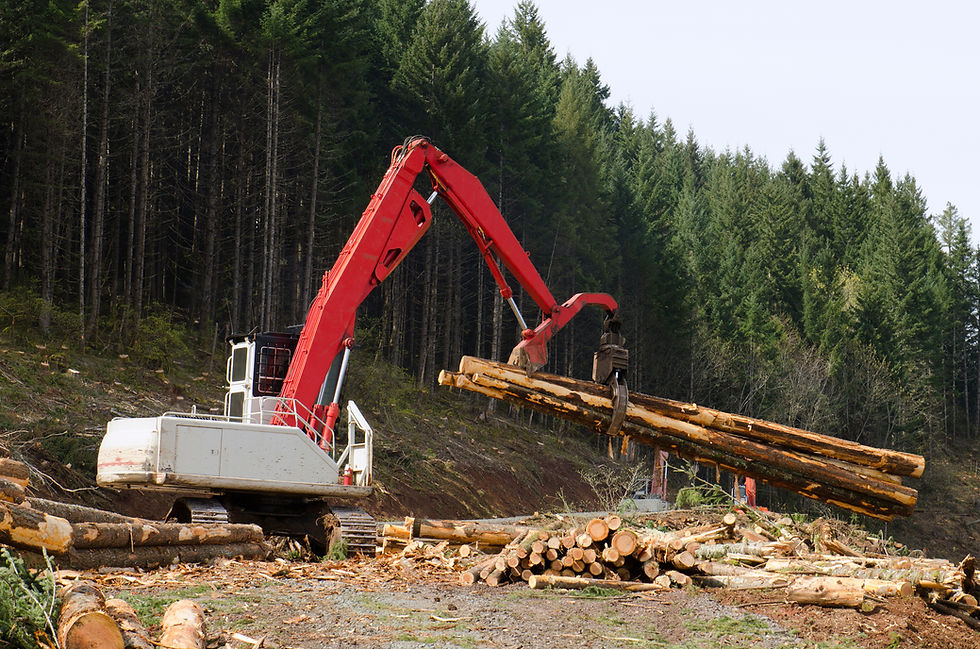TLB vs. Excavator: Which Machine Is Best for Your Project?
- RALPH COPE

- Jan 14, 2021
- 3 min read

Some people have difficulty differentiating between a TLB and an excavator. To start off, let's explain the differences. What Is a TLB?
A TLB is made up of a standard tractor base that supports attachments on both the front and the back. The attachment on the back of the tractor is a digging bucket on the end of a two-part arm. The first arm is known as the boom and the segment that holds the bucket is called the dipper or dipper-stick. The pivot that connects the boom and the dipper is called the king-post. The bucket can be removed and replaced with a number of attachments – such as drills, hammers, rippers, rakes, and breakers to name just a few.
The front side of the tractor will have a loader. Given that there are two attachments on either side of the tractor, the operator's seat is able to swivel 360 degrees which allow the operator to operate both attachments. The front loader can also be replaced with different brooms, plows, and forklifts. In some cases, a backhoe can even serve as a crane by looping the straps of a lifted object over the dipper stick.
What Is an Excavator?
The excavator is purpose-built to perform tasks using a digging arm and therefore can handle heavier projects. Like the TLB, the excavator also has a range of attachments that make it capable of tasks beyond standard digging, like heavy-duty drilling and demolition.
Although there are some similarities, there are more differences between these two beautiful machines. Their differences can be explained in three ways: size, versatility, and rotation, and is these three differences that make each machine suited for a different job. Your decision on which machine to choose is therefore guided by the job that is at hand. In this blog we will break down these three factors so as to help you make the correct decision.
Size
How big a job do you have in mind? Excavators are built for big and hard jobs – like mining, demolition, rock blasting, and large-scale industrial projects. The TLB on the other hand is more agile and nimble and better suited for small construction, road, and farming projects, in addition to loading jobs and smaller-scale earthmoving jobs.
Versatility
Although both machines offer a number of attachment options, this is where the TLB outshines the slightly less versatile excavator. The TLB offers more attachment options which in turn widens the range of functions that it is able to perform. The versatility of the TLB is further enhanced by the fact that it can be driven on the road which enables you to use the same machine on multiple work sites.
Rotation
The final distinguishing factor between these two beasts is their rotation ranges. An excavator is able to rotate the entire machine's chassis and arm 360 degrees. The TLB is not able to execute this full rotation and is typically limited to approximately 200 degrees
Finally, backhoes and excavators have different rotation ranges which make them very different machines from an operator’s standpoint. An excavator operator can rotate the entire machine’s chassis and arm together in a complete circle, while a backhoe’s arm only pivots across a range of about 200 degrees.
#heavyequipment #construction #excavator #heavymachinery #constructionequipment #heavyequipmentlife #caterpillar #earthmoving #mining #excavation #komatsu #equipment #heavyequipmentnation #cat #digger #excavators #demolition #heavyequipmentoperator #machinery #constructionlife #engineering #truck #concrete #bulldozer #earthmovers #constructionmachinery #civilengineering








Comments